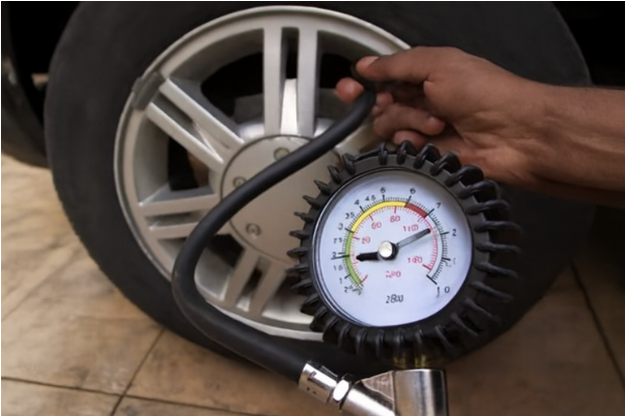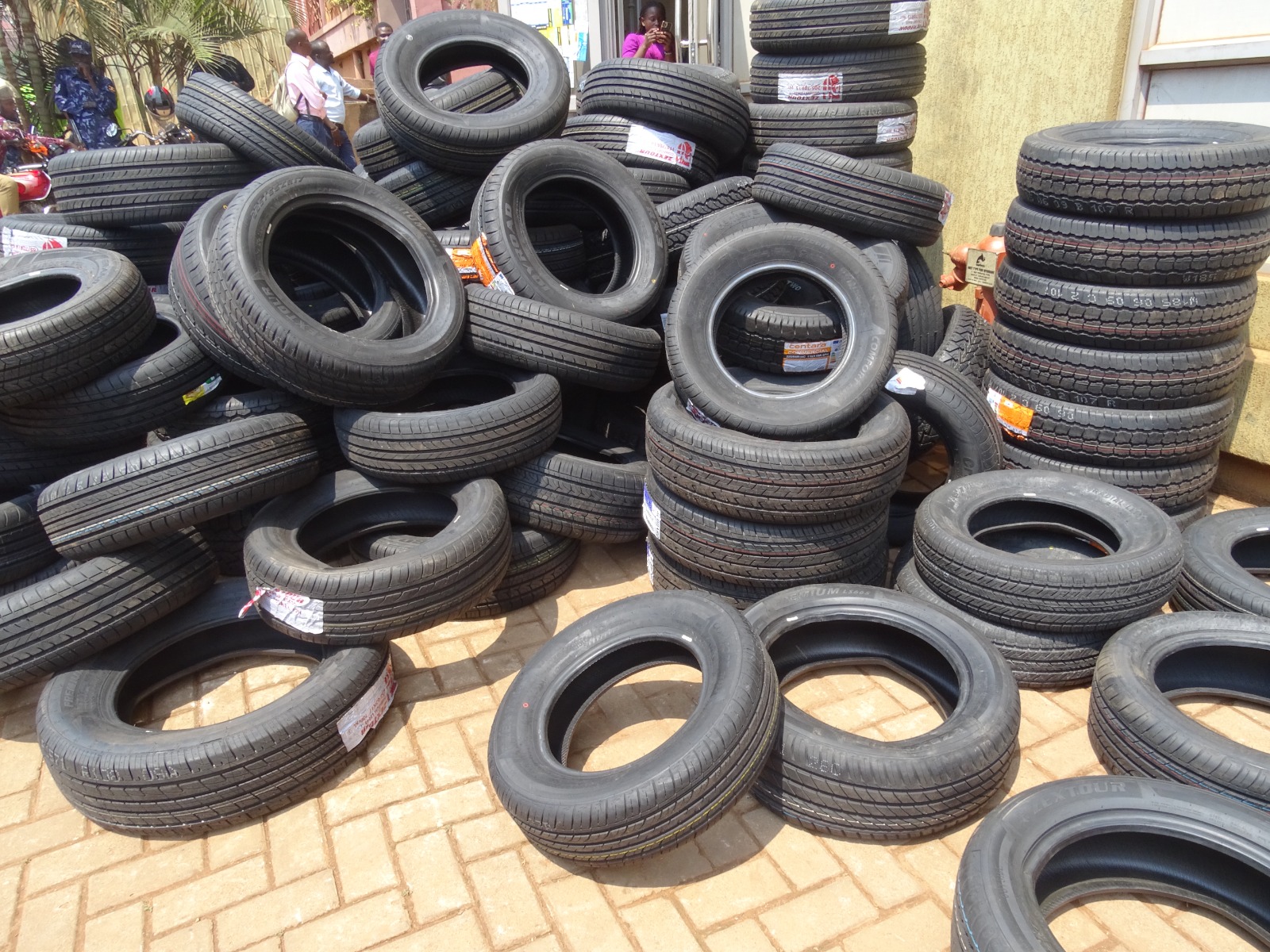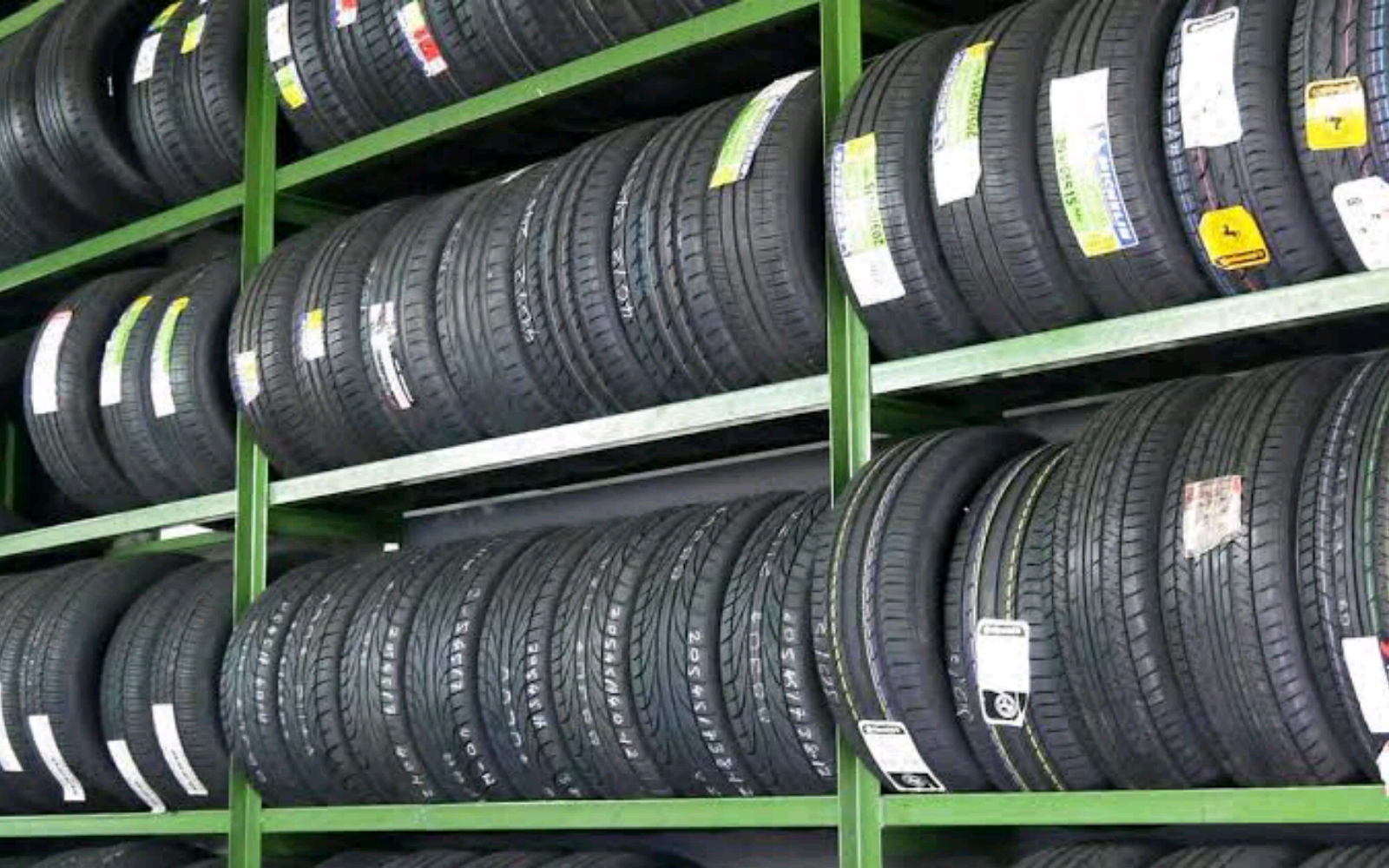Did you know that driving on under-inflated tyres increases your accident risk by 35% and can cost you up to ₦50,000 to ₦300,000 (depending on the size and tyre brand) per year in wasted fuel and tyre wear? Yet, most Nigerian drivers never check their tyre pressure until there’s already a problem.
Whether you’re navigating Lagos traffic, cruising down the Abuja highway, or taking a road trip to Obudu, knowing how to check tyre pressure is one of the simplest yet most important car maintenance habits you can develop. It keeps your fuel costs low, your tyres lasting longer, and—most importantly—your family safe.
Why Checking Tyre Pressure Matters
Keeping your tyres properly inflated isn’t just maintenance—it’s safety and savings. Driving with low tyre pressure makes your car work harder, burns more fuel, and wears out tyres unevenly. Proper inflation is one of the easiest ways to reduce accident risk and long-term car expenses in Nigeria.
Economic Benefits:
Improves fuel efficiency by 3–4%, saving you about ₦30,000–₦200,000 a year
Extends tyre lifespan by 25–30%, even on Nigeria’s notorious roads
Reduces stopping distance by up to 40%, crucial in unpredictable traffic
Prevents tyre explosion and improves handling during the rainy season
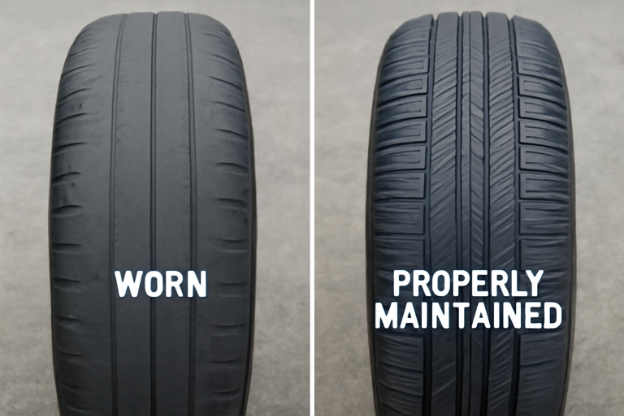
What You Need
You don’t need fancy equipment—just a tyre pressure gauge. There are different types available, and they are small, affordable, and easy to find almost anywhere in Nigeria.
1. Digital Tyre Gauge (₦3,000–₦15,000)
Accurate and user-friendly
LCD screen with backlight for night use
Requires small batteries
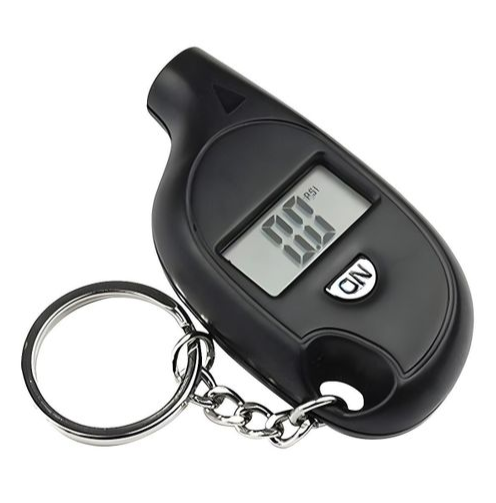
2. Stick/Pen Gauge (₦500–₦3,000)
Traditional and durable
No batteries required
Slightly harder to read in low light
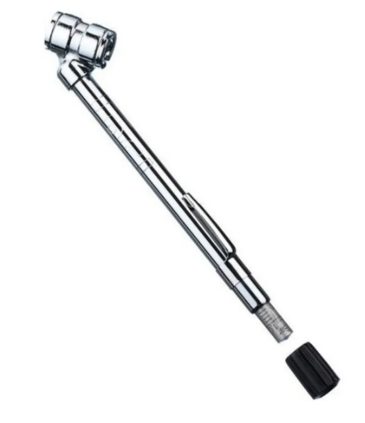
3. Dial Gauge (₦2,500–₦15,000)
Large, easy-to-read analog display
Professional choice for mechanics
No batteries needed
Built to last for years
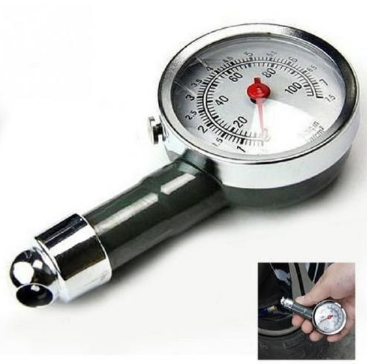
Where to Buy a Tyre Pressure Gauge in Nigeria
Lagos: Ladipo Market, Alaba Market
Abuja: Wuse Market, Airport Road fitment centres
Online: Jumia, Konga
Offline: Your trusted local vulcaniser for professional-grade options
When to Check Tyre Pressure
Timing matters when checking tyre pressure. Tyres must be checked when they’re cold—meaning the car hasn’t been driven for at least 3 hours.
Best Time: Early morning.
Frequency:
Once every month (minimum)
Before long trips (over 200 km)
After hitting deep potholes
During seasonal changes (harmattan or rainy season)
Neglecting regular checks can cause silent air loss, poor grip, and even a tyre burst — especially on Nigeria’s hot and rough roads.
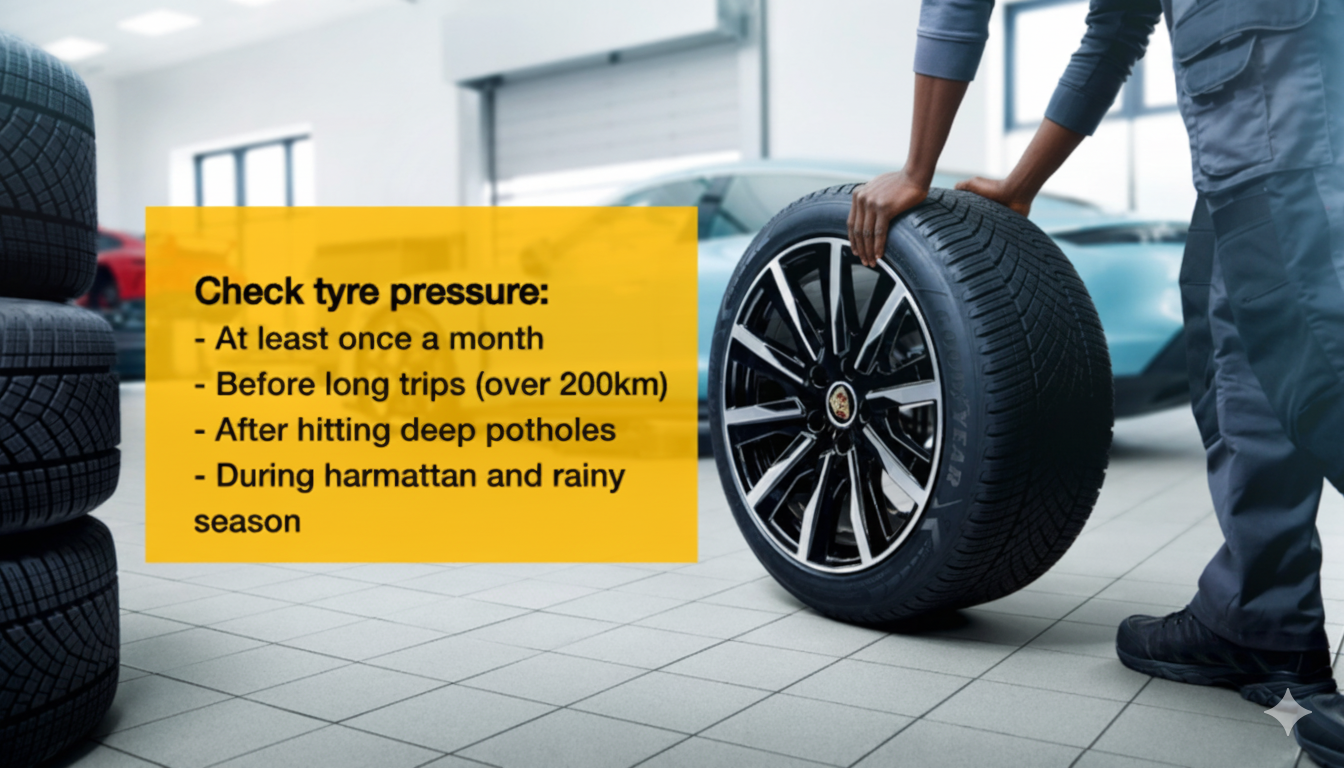
How to Check Your Tyre Pressure: Step-by-Step
Step 1: Find Your Recommended Pressure
Look for the white/yellow sticker inside your driver’s door jamb. Don’t use the “maximum PSI” (pressure) printed on the tyre sidewall – use your vehicle’s specific recommendations.
Step 2: Prepare Your Vehicle
Park on level ground away from traffic
Engage the parking brake
Ensure tyres are cold (wait 3 hours after driving)
Gather your gauge and notepad
Step 3: Remove Valve Cap
Locate the valve stem on your first tyre
Turn the cap counterclockwise to remove
Store caps safely – they protect valves from dust and debris, especially during harmattan
Step 4: Take the Pressure Reading
Digital Gauge: Press firmly for 2–3 seconds until the display shows
Stick Gauge: Press and read where the white measurement stick stops
Dial Gauge: Hold until the needle settles, then read the number

Step 5: Compare to Recommended Pressure
Calculate the difference between your reading and the recommended PSI. Stay within 2-3 PSI of recommendations – slightly over is better than under.
Step 6: Adjust Pressure if Needed
If Under-inflated: Pump the tyre at petrol stations (usually free at Total filling stations) or use a portable 12V compressor (₦5,000-₦15,000). Add gradually and check frequently.
If Over-inflated: Gently press the small metal pin in the valve centre to release air slowly.
Step 7: Replace Valve Cap and Repeat
Hand-tighten the cap (don’t over-tighten) and move to the next tyre. Check all four tyres, including your spare.
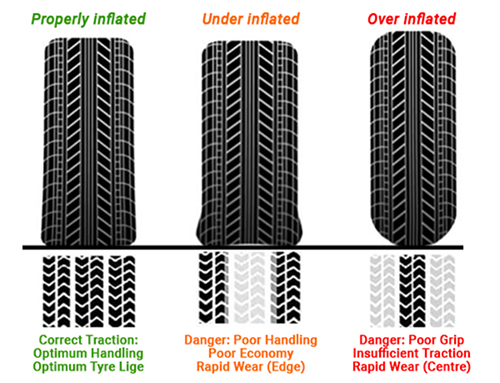
Working with Vulcanizers
Let’s be honest—most of us depend on our vulcaniser. They’re the everyday heroes of Nigerian roads, but not all have precise gauges. Here’s how to get the best service:
Tell them your car’s recommended pressure — don’t assume they know it
Watch the process and ask questions
Verify their readings with your own gauge if possible
Expect to pay ₦200-₦1000 per tyre for checking and adjustment
Owning your own pressure gauge keeps you in control. Even when a vulcaniser checks it, you’ll know if it’s correct.
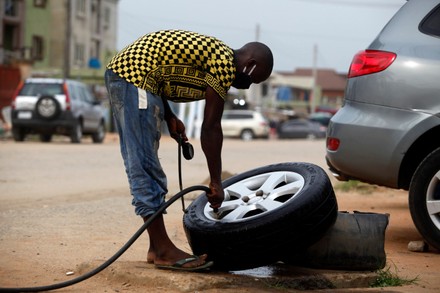
Tyre Pressure Tips
Nigeria’s weather and road conditions can play tricks on your tyres. Adjust your checks accordingly.
Harmattan Season
Tyre pressure can drop by 2–4 PSI due to cold mornings
Clean valve stems often—dust builds up fast
Try checking pressure at the same time each day
Rainy Season
Store gauges in dry locations; moisture affects cheaper digital models
Recheck pressure after driving through flooded areas
Proper inflation helps prevent slipping and swerving on wet roads
Rough Road Condition
Nigeria’s potholes can cause rapid pressure loss
Recheck pressure after long trips or heavy bumps
Keep portable compressor for remote area travel
Check tyres after hitting significant road hazards
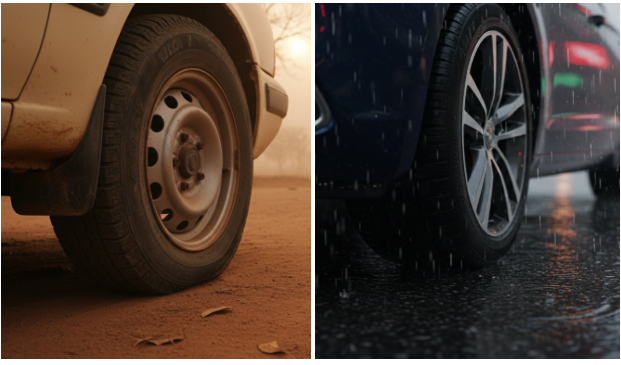
Harmattan Season Rainy Season
Common Problems and Solutions
If your tyre readings seem off, the issue could be your gauge, weather, or air pump accuracy. Uneven wear or air loss may also signal pressure or valve problems. Here’s how to handle common issues Nigerian drivers face:
Gauge Issues:
Inconsistent readings: Check the sealing technique or try a different gauge
Digital gauge not working: Replace batteries first
Hissing sound: Reposition the gauge for better valve contact
Valve Problems:
Stuck caps: Use pliers with gentle, steady pressure
Dirty valves: Clean with a cloth before measuring
Damaged valves: Seek professional replacement immediately
Understanding TPMS
If your TPMS light (Tyre Pressure Monitoring System) comes on, remember: it only alerts you when pressure drops by about 25% or more. However, TPMS isn’t a replacement for regular manual checking. It doesn’t detect gradual loss but only catches major problems, so manual checks are still necessary every month.
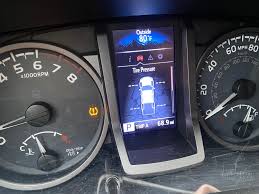
Troubleshooting Tips
Readings seem wrong? Verify with a different gauge and ensure tyres are truly cold.
Can’t remove the valve cap? Use penetrating oil and proper tools, and replace them if damaged.
Inconsistent readings? Practice the sealing technique or replace the gauge if calibration is off.
Conclusion
Checking your tyre pressure takes just 10–15 minutes a month, but it can save you thousands of naira, extend tyre life, and prevent road accidents.
In Nigeria’s challenging driving conditions—from Lekki floods to dusty Kano roads—your tyres are your first line of defence.
Don’t wait for roadside emergencies or excessive fuel consumption to start monitoring tyre pressure. Purchase a quality gauge this month, learn your vehicle’s specifications, and have a regular checking routine. Whether you check yourself or work with trusted local vulcanizers, this knowledge ensures informed decisions about your tyre maintenance.

Take control of your tyre maintenance and enjoy the confidence that comes with properly maintained tyres on Nigeria’s unique roads.
Need expert advice on tyres ? Contact Affordable Tyres today for comprehensive tyre solutions that keep you safe on Nigeria’s roads!
